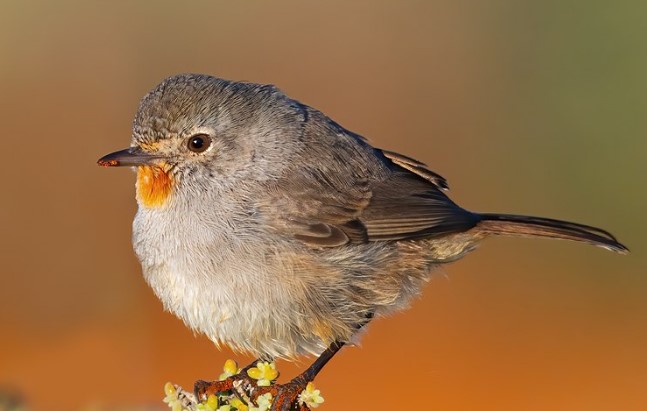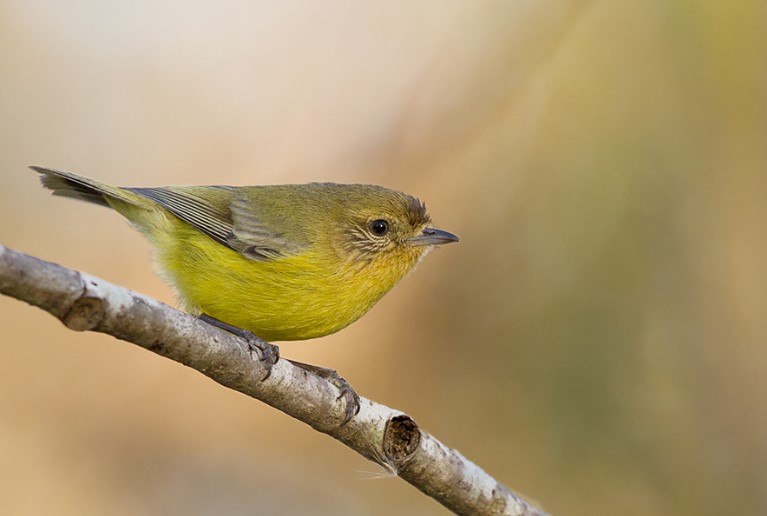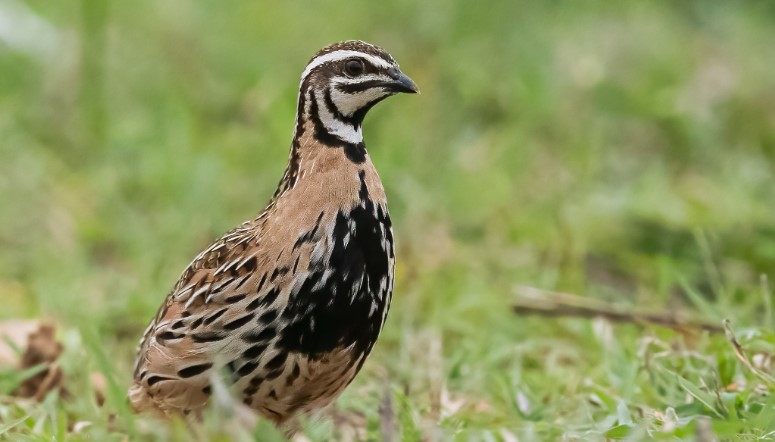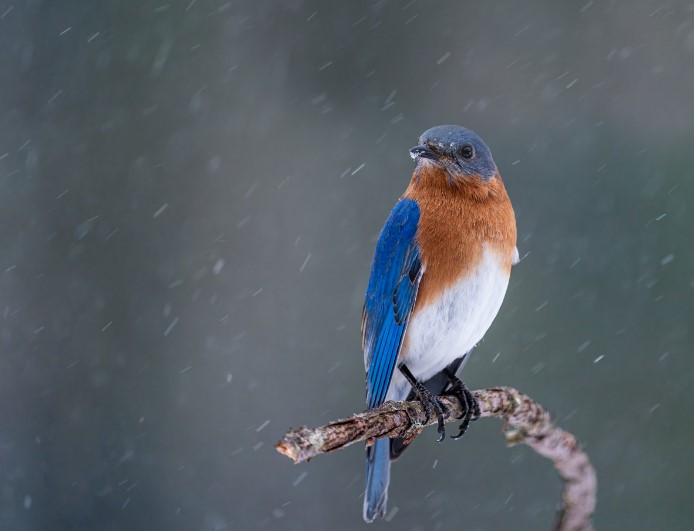Redthroat (Pyrrholaemus brunneus) is a soberly colored bird of Australia’s arid and semi-arid regions but it also occupies some coastal areas, as well as plains and rangelands. The ground-dwelling bird belongs to the family Acanthizidae. It is also known as the Red-throated Scrubwren. Redthroats measure between 115 and 120 mm in length. The species is thought to be mostly sedentary, with no evidence of seasonal migration.
It is not only an accomplished singer but also mimics, incorporating the songs of various birds into its own. When breeding season approaches, both members of a pair call from the top of a bush. No matter how moonlit or rainy the night is, this still holds true. Only the female incubates, while the male rarely approaches the nest. Once the eggs hatch, both birds provide food for the young. Occasionally the Redthroat fosters a Black-eared Cuckoo.
Usually found on low hills in mulga Acacia woodland, belar Casuarina woodland, and sometimes mallee Eucalyptus woodland, redthroats inhabit taller pockets of shrubbery in the saltbush-blue bush steppe. A better-wooded part of the uplands bordering the Rufous Calamanthus range is where they live.
The Redthroat is usually a solitary bird, living in sedentary pairs on the same territory year-round, even though it occasionally forms small groups and flocks of up to 30 birds. There they forage individually, hopping briskly, tails down, along the ground beneath and around shrubbery; also up into bushes’ branches. Insects, including beetles and ants, and seeds are gleaned as they go. Flight is low and dashed among the shrubbery, tail fanning during undulations.
The male’s redthroat upper parts are mid-grey-brown, becoming olive on the rump; the tail is dusky brown with all outer tail feathers broadly tipped white on both vanes. There is white on the forehead, grey scaling, and an off-white brow running backward. Throat pale to rich rufous; breast grey; belly white; flanks buff; undertail white to rich russet. Their eyes are red. Bills and feet are dusky. Female throats are grayish; chin is white. The immature resembles a female.
It has a melodious call similar to that of a canary, which includes sustained warbling and cheery notes. In contact, redthroat calls are constant soft twittering notes, tchick-ick; in alarm, they are harsh churring chatter. The song consists of a rich rippling sequence of trills and cadences, with mimicry interwoven; the song of the female is less rich.
Nesting and breeding occur in August-December. Nest globular, of grasses and bark strips, with side entrance about 3 cm diameter; lined with feathers and other soft materials; hidden in a shrub, tall saltbush, or small tree up to l m above ground, usually only a few centimeters up in a burrow or hole in a fallen limb. Red throat lays 3 to 4 eggs olive-brown to dark brown, darker at the larger end; oval, about 19 x 14 mm. Incubation is done by the female. Red throat and specked warblers are also the main host species of some brood parasites, such as black-eared cuckoos and fan-tailed cuckoos, which lay eggs similar to redthroat eggs.
A redthroat can be found in shrubberies in woodlands and shrub steppes in southwest arid and semi-arid regions. There is a possibility of confusion with some thornbill species because the redthroat has a shorter tail and is more compact. A fieldwren or heathwren, which have a stronger upturned tail at rest, won’t be mistaken for it.







